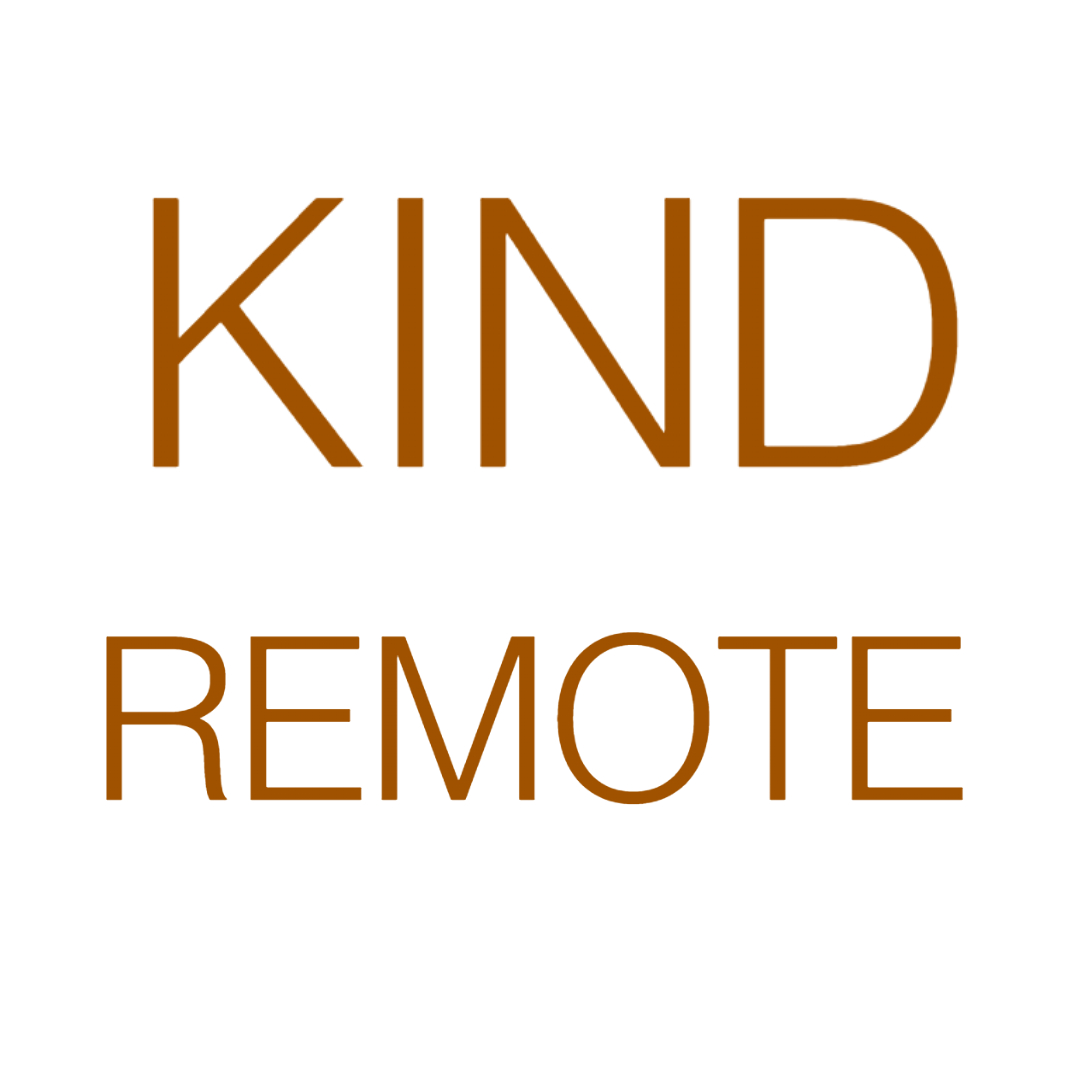5 Mistakes Companies Make When Hiring Remote Employees
- Kind Remote Team

- Jun 19
- 2 min read
Updated: 7 days ago
🌍 Remote Hiring: A Different Game Entirely
When companies first start hiring remotely, they often treat it like in-person hiring — just without the office.
But remote hiring isn’t simply “traditional hiring done online.”
It’s about trust, autonomy, and communication in a distributed environment.
At KindRemote, we’ve seen what works (and what doesn’t) from companies around the world.
Here are the five biggest mistakes that stop great companies from building even better remote teams.
❌ Mistake 1: Hiring for Skills Alone
When there’s no office, your culture is your people.
Many companies focus only on technical ability and overlook soft skills like communication, ownership, and self-motivation.
These are the traits that make or break remote success.
Instead:
Evaluate candidates’ written communication in emails or messages.
Ask scenario-based questions: “What would you do if you’re stuck and your manager is offline?”
Prioritize people who take initiative.
Remote work rewards autonomy, not supervision.
❌ Mistake 2: Ignoring Time Zone Realities
“We’re fully remote” doesn’t always mean “we can work from anywhere.”
Time zone overlap matters — not because of control, but because of collaboration.
Instead:
Be upfront about expected hours and overlap.
Mention it clearly in your job post (e.g., “at least 4 hours overlap with CET”).
Build async processes, but respect your team’s natural rhythm.
A little structure goes a long way toward keeping remote harmony.
❌ Mistake 3: Overloading Interviews
Some companies overcompensate for the lack of in-person interaction by adding too many steps: test projects, panel calls, endless “culture fits.”
By the third call, your best candidates are gone.
Instead:
Keep the process short (3 steps max).
Communicate timelines and expectations clearly.
Use async assessments to save everyone time.
Respect your candidates’ time — they’ll remember it.
❌ Mistake 4: Forgetting About Onboarding
Even great hires fail without support.
Remote onboarding isn’t about sending a laptop and a Slack invite — it’s about integration.
When people feel disconnected on day one, it takes months to recover.
Instead:
Create a simple onboarding checklist.
Assign a buddy or mentor.
Introduce company values in action, not just words.
The first week defines whether someone feels “part of it” or “outside of it.”
❌ Mistake 5: Hiring Without a Culture Framework
Culture doesn’t happen by accident when you’re remote — it’s designed intentionally.
Without a shared foundation, people default to their own ways of working, and teams slowly drift apart.
Instead:
Define your values clearly (“how we work when nobody’s watching”).
Use them in your hiring and feedback process.
Reward behaviors that align with those values.
Kindness, transparency, and flexibility are contagious — but only if you protect them.
🌱 Final Thought
Hiring remote employees isn’t about finding someone who can do the job.
It’s about finding someone who can thrive without a desk, routine, or hand-holding — and still feel connected.
At KindRemote, we help companies find those people — and build the kind of teams that feel like home, no matter where they are.

Comments